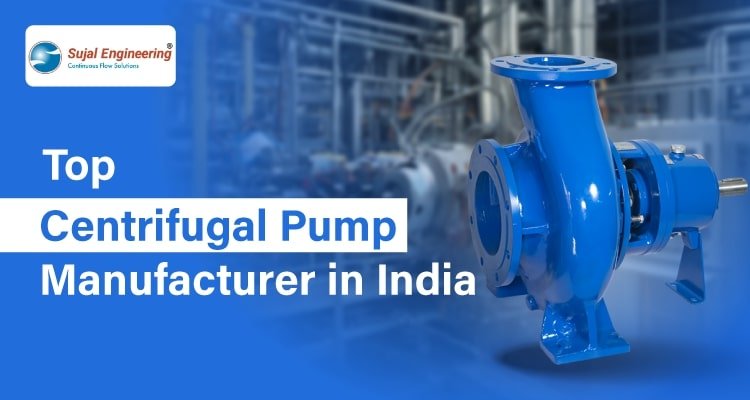Know and Understand Centrifugal Pumps – Pumps Manufacturer In UAE

What is it?
Centrifugal Pumps are predominantly used for the transfer of fluids, frequently used and applied in major industries. Basically, it is a pump that uses a rotating impeller to move water or other fluids by using centrifugal force.
Talking about the pump usage in UAE, they play a crucial role in controlling mud from the oil. Majorly utilised in drilling platform, it has emerged to be a new design for oil field drilling fluid. In UAE, the design of the centrifugal pumps is highly important. This includes smooth streamline design, big surface area, and an overall efficiency of 10% higher than the similar product ranges in UAE.
Apart from the manufacturing aspect, UAE is at an apex position to conduct formidable trading from/to abroad. Being a prominent port for centrifugal pumps, UAE shall acquire the best deals to commence their import-export at a favourable budget. Exporting pumps to different countries will only increase the overall yield of UAE, the epicentre of all major trading.
They are specially designed for the liquids with a relatively low viscosity that pours like water or light oil. More viscous liquids such as thick oils at 68-70°F will require additional horsepower for centrifugal pumps to work. Centrifugal pumps are classified into several types based on the factors such as design, construction, application, service, compliance with any industry standard, etc.
How it works?
A pump is generally used for triggering the flow or raising the pressure of a liquid. The chief working principle of centrifugal pumps involves imparting energy to the liquid through a centrifugal force. The fluid enters the rapidly rotating impeller along its axis and is cast out by the centrifugal force along its circumference through the impeller’s blades. Pumps are distinguished into: dynamic pumps and positive displacement pumps.
Firstly, positive displacement pumps operate by forcing a fixed volume of liquid. On the other hand, the dynamic action in the centrifugal pump working principle makes it comparatively lesser efficient than positive displacement pumps. However, they operate at relatively higher speeds which permits a high liquid flow rate in relation to the size of the pump. They have numerous advantages like, lesser installation requirement and maintenance cost. Positive displacement pumps are preferred for applications involving highly viscous fluids and complex feeds such as thick oils, slurries, emulsions, foodstuffs and biological fluids.
What are its advantages?
The biggest advantage of centrifugal pumps is their aforementioned simplicity. They don’t require any valves, or many moving parts. This makes them easy to produce with many different materials. It also allows them to move at high speeds with minimal maintenance. Their output is very steady and consistent.
Further, a low-cost troubleshoot to majority of low pressure, high-capacity pumping applications involving low viscosity fluids such as water, solvents, chemicals and light oils. Typical applications involve water supply and circulation, irrigation, and the transfer of chemicals in petrochemical plants. They are prominent in the domestic, industrial and agriculture applications.
The Closing
In conclusion, these are the main reasons why one shall choose a centrifugal pump over other pumps in industrial settings. If you need to take floor space into account, then a centrifugal pump may be an ideal solution. Centrifugal pumps provide a lot of flexibility, are easy to move, and don’t take up a lot of space.
These are the undisputed pump choice especially for delivering liquid from one location to another in numerous industries including agriculture, sewage/waste-water plants, industrial, power generation plants, petroleum, mining and refineries, chemical, pharmaceutical, etc.
Read More:





